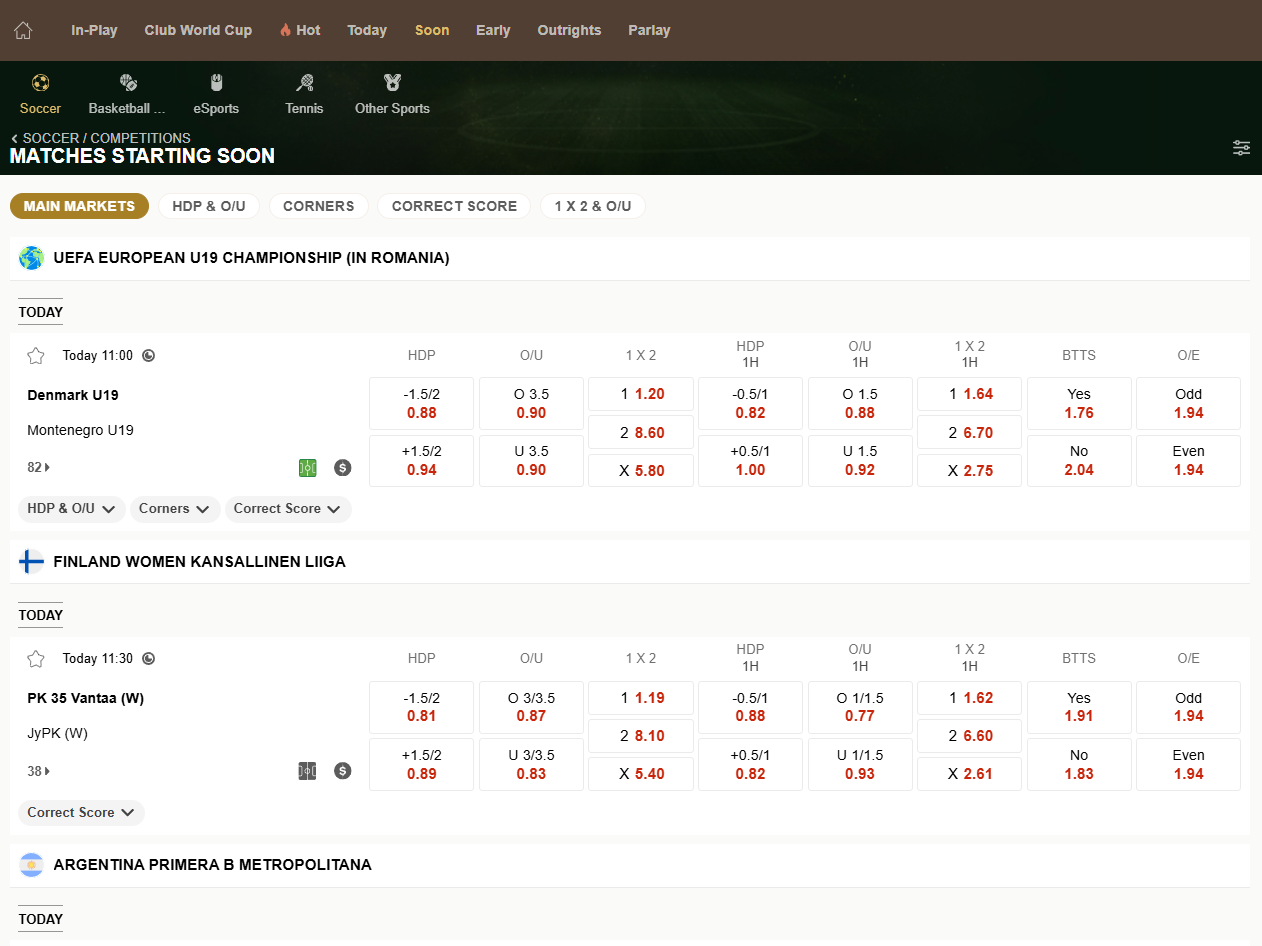The Contrarian Investor: Betting Against the Public for Long-Term Wins
Ever feel like the market is going crazy and everyone’s jumping on the bandwagon? What if I told you that going against the grain, betting against the public sentiment, could be your ticket to long-term investment success? Intrigued? Let’s dive in!

What is Contrarian Investing?
Contrarian investing is essentially the art of doing the opposite of what the majority of investors are doing. It means buying when everyone else is selling and selling when everyone else is buying. Sounds risky, right? Well, it requires careful analysis and a strong stomach, but the potential rewards can be substantial.
Why Bet Against the Public?
The simple answer is: the public is often wrong, especially at market extremes. Think about it – during a bubble, everyone’s euphoric, believing prices will only go higher. Conversely, during a crash, panic sets in, and everyone rushes to sell, fearing further losses. These emotional responses often lead to irrational decisions and market inefficiencies that contrarian investors can exploit.
The Herd Mentality and Its Pitfalls
Humans are social creatures, and we’re often influenced by the opinions and actions of others. This ‘herd mentality’ can be particularly dangerous in the stock market. When everyone is chasing the same hot stock or asset, it can drive prices to unsustainable levels, creating a bubble that will eventually burst. As Warren Buffett famously said, “Be fearful when others are greedy, and greedy when others are fearful.”
Identifying Opportunities: When to Go Against the Grain
So, how do you identify opportunities to bet against the public? Here are a few key indicators:
- Extreme Sentiment: Look for periods of extreme optimism or pessimism in the market. Sentiment indicators like the put/call ratio or surveys of investor sentiment can be helpful.
- Media Hype: Pay attention to what’s being hyped in the media. If a particular stock or sector is constantly in the news, it’s likely overvalued.
- Value Discrepancies: Identify companies or assets that are fundamentally undervalued but are being ignored or sold off due to short-term fears.
The Importance of Due Diligence
Contrarian investing is not about blindly betting against the crowd. It requires thorough research and analysis. You need to understand the underlying fundamentals of the assets you’re investing in and have a clear rationale for why you believe they are undervalued. Don’t just follow the contrarian path for the sake of it – do your homework!
Risks and Rewards of Contrarian Investing
The risks of contrarian investing include being wrong, facing short-term losses, and dealing with the psychological pressure of going against the crowd. However, the potential rewards can be significant. By buying low and selling high, contrarian investors can generate superior long-term returns and profit from market inefficiencies.
Long-Term Perspective is Key
Contrarian investing is a long-term strategy. It requires patience and discipline to stick to your convictions, even when the market is moving against you. Remember that short-term market fluctuations are normal, and it’s important to focus on the long-term value of your investments.
Examples of Successful Contrarian Investors
Warren Buffett is often cited as a successful contrarian investor. He’s known for buying undervalued companies that others are ignoring. Other notable contrarian investors include Benjamin Graham and David Dreman.
Are You Ready to Be a Contrarian Investor?
Contrarian investing isn’t for everyone. It requires a unique mindset, a strong risk tolerance, and the ability to think independently. But for those who are willing to do the work, it can be a rewarding path to long-term financial success. What are your thoughts? Have you ever tried contrarian investing? Share your experiences in the comments below!
Don’t forget to like and share this post if you found it helpful!